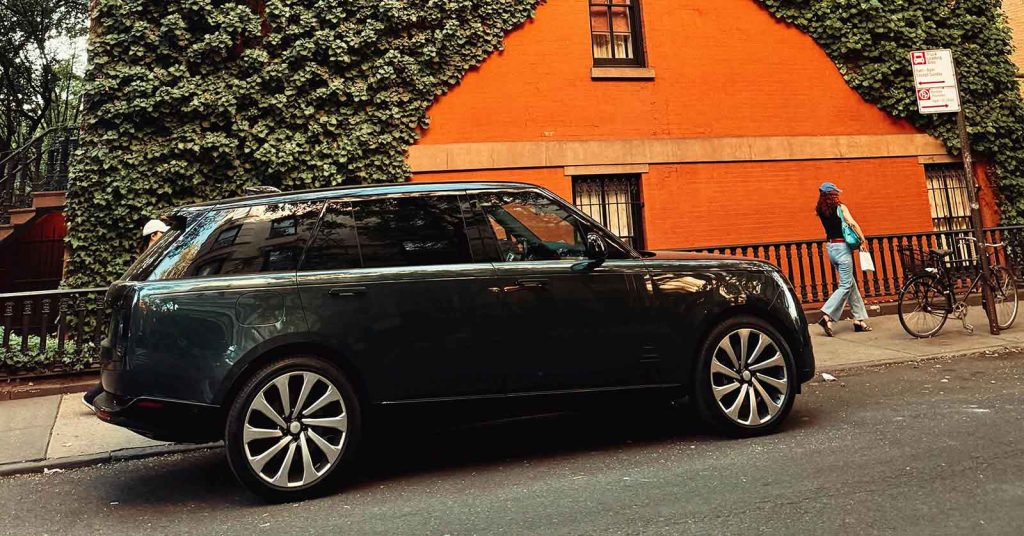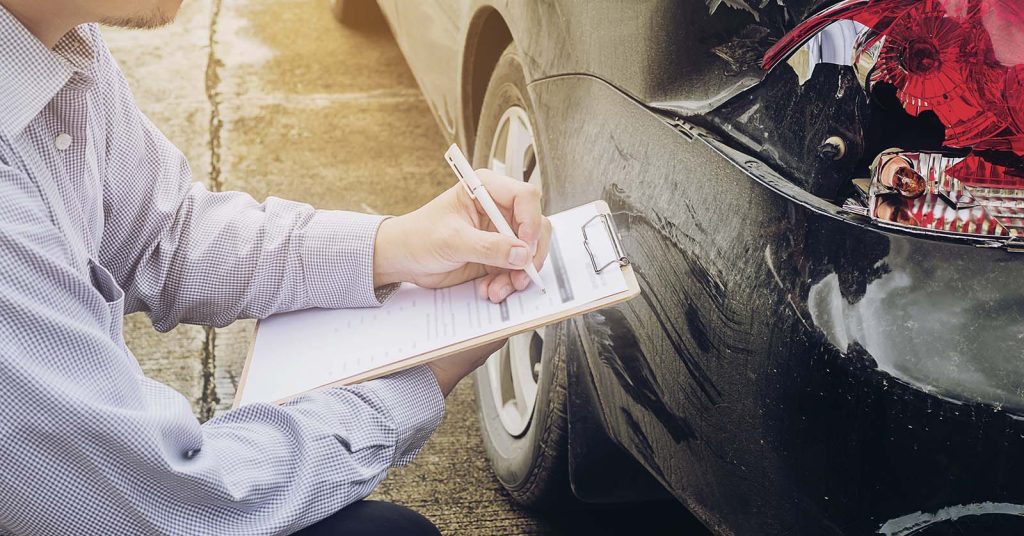If a court or your state DMV says you need an “SR-22,” it’s natural to think you’re buying a special insurance policy. You’re not. An SR-22 is a certificate of financial responsibility that your insurer files with the state to prove you carry at least the required liability limits. It’s commonly ordered after serious violations (like DUI), driving uninsured, major at-fault crashes, or when you’re reinstating a suspended license. The filing itself is cheap (often a small one-time fee), but premiums typically rise because you’re considered higher risk. Some states use variants (e.g., FR-44 in Florida and Virginia with higher liability limits) or SR-22A in a few states for certain repeat issues. If your policy lapses during the required period, your insurer must notify the state (usually via an SR-26), which can trigger a new suspension. The practical playbook is simple: confirm the order, get a policy that meets the rules, ask your carrier to file the SR-22, and keep it active until your end date. Official DMV and insurer guides echo these principles and explain state nuances you should know before you start.
Key Takeaways
- SR-22 isn’t insurance. It’s a state filing from your insurer proving you carry required liability coverage.
- Who needs it? Drivers with serious violations, uninsured crashes, or license reinstatements; details vary by state.
- Variants exist. FR-44 (FL/VA) requires much higher liability limits; SR-22A applies in a few states for repeat violations.
- Lapses have teeth. If coverage cancels, your insurer files an SR-26 and the state can suspend you again.
- Don’t own a car? You can file a non-owner SR-22 with a non-owner policy.
SR-22 (what it is — and isn’t)
An SR-22 is a form your insurer sends to the state to verify you’re carrying at least the minimum liability coverage; it is not a special policy, rider, or endorsement that covers different perils. Because it’s merely proof of financial responsibility, you can’t “buy an SR-22” on its own — the filing rides on top of an active auto policy (or non-owner policy if you don’t have a car). Most carriers can submit the SR-22 electronically to your DMV within a day or two, and many charge a small filing fee, but the larger cost is that high-risk violations generally increase your base premium. States order SR-22s after specific events such as DUI/OVI, driving without insurance, or accumulating serious violations that lead to suspension or revocation; the duration is often three years but can run shorter or longer depending on the jurisdiction. If you move states during the requirement, you typically must keep an out-of-state filing that still satisfies the original state’s order until the term ends. Major insurer explainers and DMV pages all frame SR-22s this way so you don’t overcomplicate the process or confuse the filing with coverage.
When you’ll be told to file — and how long it lasts
Courts and DMVs commonly require SR-22s after convictions that signal higher risk: DUIs or DWIs, uninsured at-fault crashes, major moving violations, or reinstatements following a suspension or revocation. The exact triggers are state-specific, but the logic is uniform: the state wants a continuous proof that you’re insured while you rebuild driving privileges. The “clock” is also state-specific; in many places it’s three years, but the window can range around one to five years, and some states start the clock only once you reinstate. You’ll normally be notified in writing at sentencing or via a letter from your DMV spelling out the obligation, the required insurance type, and what happens if you lapse. Because the requirement is about continuous coverage, any break can reset the clock or cause immediate re-suspension depending on local rules. If the SR-22 is tied to a no-insurance violation, some states may require a variant filing like SR-22A with strict prepayment terms. Always read the state notice carefully; insurer and DMV resources emphasize that filing quickly, keeping premiums current, and avoiding gaps are the fastest path back to normal.
FR-44 and SR-22A: important variants to know
Two terms you’ll see in searches are FR-44 and SR-22A. FR-44 exists in Florida and Virginia and requires much higher liability limits than a standard SR-22 — Virginia’s DMV states FR-44 limits are double the SR-22 minimums in state law, and typical charts show far higher bodily injury and property damage amounts in both FR-44 states. Those higher limits mean bigger premiums and sometimes stricter rules about cancellations or reinstatements. SR-22A is a separate creature that a handful of states use, often for repeat lapses in insurance or certain judgments, and it may require prepaid six-month blocks of coverage paid in “guaranteed funds” with no monthly billing. If your notice specifically says FR-44 or SR-22A, you cannot substitute a standard SR-22 — your policy must match the exact form and limits in the order. Checking the state’s own DMV/DOL wording is the best way to avoid surprises at renewal or reinstatement.
States that don’t use SR-22 (and what happens if you move)
Not every state uses the SR-22 mechanism; some rely on other internal proofs or don’t require the filing at all. Lists vary by source, but multiple state-by-state guides note that places like Delaware, Kentucky, New York, North Carolina, Pennsylvania, Oklahoma, Minnesota, and New Mexico typically do not require SR-22 filings. That said, if State A ordered you to maintain an SR-22 and you move to a non-SR-22 state, you generally still must keep an “out-of-state” filing that satisfies State A until your term ends — moving doesn’t erase the obligation. Because these exceptions change and the consequences are real, verify with your original state’s DMV or licensing agency before you switch policies, and ask your new insurer to set up the proper cross-state filing.
How to file an SR-22 (and avoid the common pitfalls)
Step one is to buy or update a policy that meets your state’s rules; the insurer can’t file an SR-22 on a nonexistent or non-compliant policy.
Step two is to request the SR-22 filing — many carriers can submit it electronically to the DMV within a day and will confirm once the state accepts it.
Step three is to monitor your “continuous coverage” like a hawk: turn on autopay, use renewal reminders, and keep your mailing address and email current so notices don’t get lost. If your policy cancels or even briefly lapses, your carrier files an SR-26 (cancellation notice) to the state, which can immediately suspend you again and, in some places, restart your SR-22 clock. If you don’t own a vehicle, ask for a non-owner policy and a non-owner SR-22 file so you can reinstate your license and be covered when you rent or borrow a car.
Finally, plan ahead for renewals — if your insurer stops writing SR-22s in your state, you’ll need a seamless handoff to another company before the old policy ends. DMV pages from Texas, Nebraska, Washington and major insurers outline this exact sequence so your reinstatement stays on track.
Costs, premiums, and how to keep them in check
The SR-22 filing itself is usually a small fee, but the violation that triggered it can raise premiums substantially for the required period. Rates depend on your state, your limits (especially with FR-44), driving history, and whether you insure a vehicle or carry non-owner coverage. If you’re price-shopping, compare like-for-like liability limits and confirm the company will handle the SR-22 (or FR-44/SR-22A if specified). Some carriers don’t write high-risk filings in certain states, while others have dedicated SR-22 teams and online tracking. Improving the underlying risk can also help over time: maintaining a clean record, finishing any required courses, and sticking with continuous coverage can reduce surcharges at renewal. Consumer explainers and insurer guides emphasize that the fastest way to lower costs is no lapses, no additional violations, and stepping up to higher limits only if your order requires it.
| Filing | Where used | What it proves | Typical liability limits | Who orders it |
|---|---|---|---|---|
| SR-22 | Most states | You carry at least state-minimum liability coverage | State minimums | Court/DMV after violations or for reinstatement |
| FR-44 | Florida & Virginia | Higher-risk cases; requires much higher limits than SR-22 | Significantly above state minimums (e.g., VA doubles SR-22 mins) | Court/DMV in FL/VA for designated offenses |
| SR-22A | Limited (e.g., GA, TX, MO in specific contexts) | Proof with stricter payment rules for certain repeat issues | State minimums, but prepaid blocks often required | Court/DMV per state rule |
Details vary by state; always confirm your state’s DMV/DOL instructions and the exact form named on your order.
Frequently Asked Questions (FAQs)
Is SR-22 a type of insurance?
No. It’s a state filing from your insurer proving you carry required liability coverage; your actual insurance policy provides the coverage.
How long do I need to keep it?
Often about three years, but it varies by state and offense; some states run one to five years and may start the clock only after reinstatement. Check your order or DMV notice.
What if I let the policy lapse?
Your insurer must notify the state (SR-26), which can trigger immediate suspension and even reset your SR-22 period.
What’s the difference between SR-22 and FR-44?
FR-44 (Florida/Virginia) requires much higher liability limits than SR-22 for specified offenses; premiums are typically higher because of the larger coverage.
What is SR-22A?
A stricter variant used in a few states that may require prepaid six-month blocks and guaranteed funds, typically for repeat financial-responsibility violations.
Can I file SR-22 if I don’t own a vehicle?
Yes — ask for a non-owner SR-22 with a non-owner liability policy so you can reinstate and be covered when you borrow or rent a car.
Do all states require SR-22s?
No. Several states don’t use SR-22 filings, but if your original state ordered one, you usually must maintain it even after you move. Verify with the issuing state’s DMV.
Sources
- Progressive — SR-22 overview
- Allstate — What is SR-22?
- Investopedia — SR-22 explained
- Virginia DMV — Financial Responsibility Certifications (FR-44 vs. SR-22)
- Texas DPS — SR-22 certificate basics
- Nebraska DMV — SR-26 (cancellation notice)
- Breathe Easy — States that do not require SR-22 (overview)
- Breathe Easy — FR-44 vs. SR-22 limits
- Nicholson Revell — SR-22A overview (GA)
- Washington DOL — Financial responsibility (SR-22)
- Progressive — Non-owner SR-22









